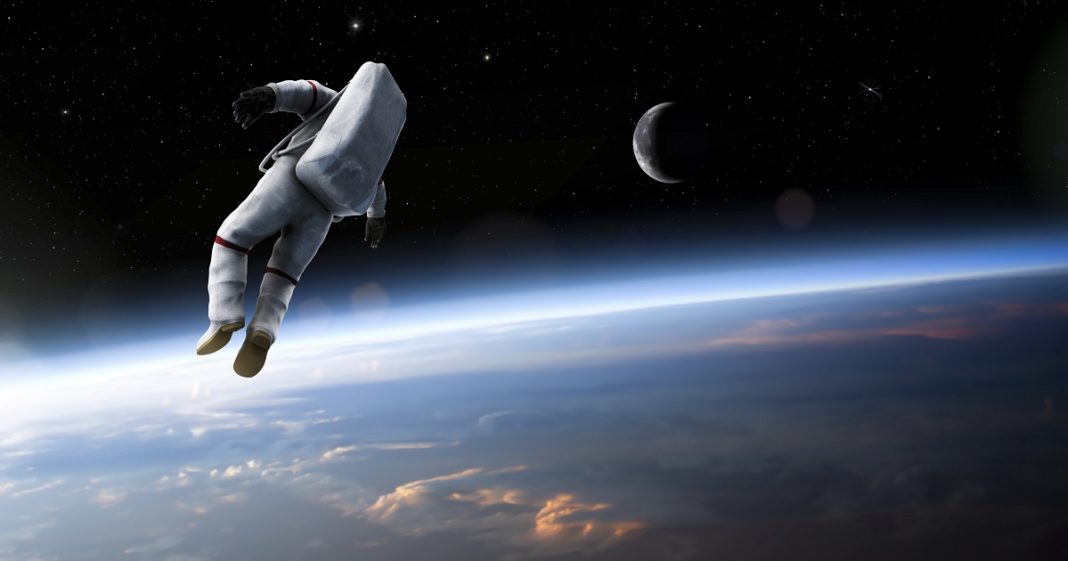While most of us fret about what is going on in our own small portion of the planet in our microscopic portion of the galaxy, NASA scientists have honed in on a special part of the universe which appears to be housing seven Earth-like planets all revolving around the same star.
This week, scientists at the government space exploration facility discovered a string of seven earth-like planets all revolving around one star, just about 40 light-years away from earth inside the constellation Aquarius.
The seven planets are all similarly sized to the earth, while three of the seven are at the appropriate distance from their star to possibly contain liquid surface water, one of the keys to an earth-like planet.
We have come a long way as a society from the days when most people believed the earth was the center of the solar system and that the sun revolved around us, not the other way around. Since then, we have gained an ever-expanding view of the universe and learned that though we as a human species can be pretty special, we are not, in fact, the center of it all.
One such element in this learning experience has been NASA’s ceaseless search for Earth-like planets in the universe, seeking to find similar conditions to those that enable life as we know it. While scientists have happened upon several possible locations, we have not yet found “life” anywhere than on our glassy blue marble.
The next step for scientists concerning this newly-discovered earth-like string of planets is to scan the planets’ atmospheres for the chemicals that indicate life as we know it.
One impediment in mans’ search for life is that we are restricted to searching for living organism that adhere to the structures of life we are familiar with. For humanity and all other living creatures on earth, the presence of liquid water is one necessary and irreplacable element. Still, other life forms may be created from non-water planets, and we wouldn’t know how to identify them. As it is, we are forced to search for life like ourselves, and our zebras, and our zebra finches.
For the researchers now looking closely at these 7 rocks floating in the sky, there are several well-defined steps forward they must make in their studies.
Lead researcher Michael Gillon with the University of Liege in Belgium described the newly-discovered planets.
“They form a very compact system. They could have some liquid water and maybe life.”
Gillon went on to describe the system, revolving around a star called TRAPPIST-1, as a relatively young system. Even if there is no life on the planets, Gillon says, there is plenty of time for it to evolve.
“It burns hydrogen so slowly that it will live for another 10 trillion years,” he wrote, “which is arguably enough time for life to evolve.”



![Senator Schumer: “Single Payer [Health Care] is On The Table”](https://sandbox.trofire.com/wp-content/uploads/2017/07/Universal-Healthcare-218x150.jpg)
